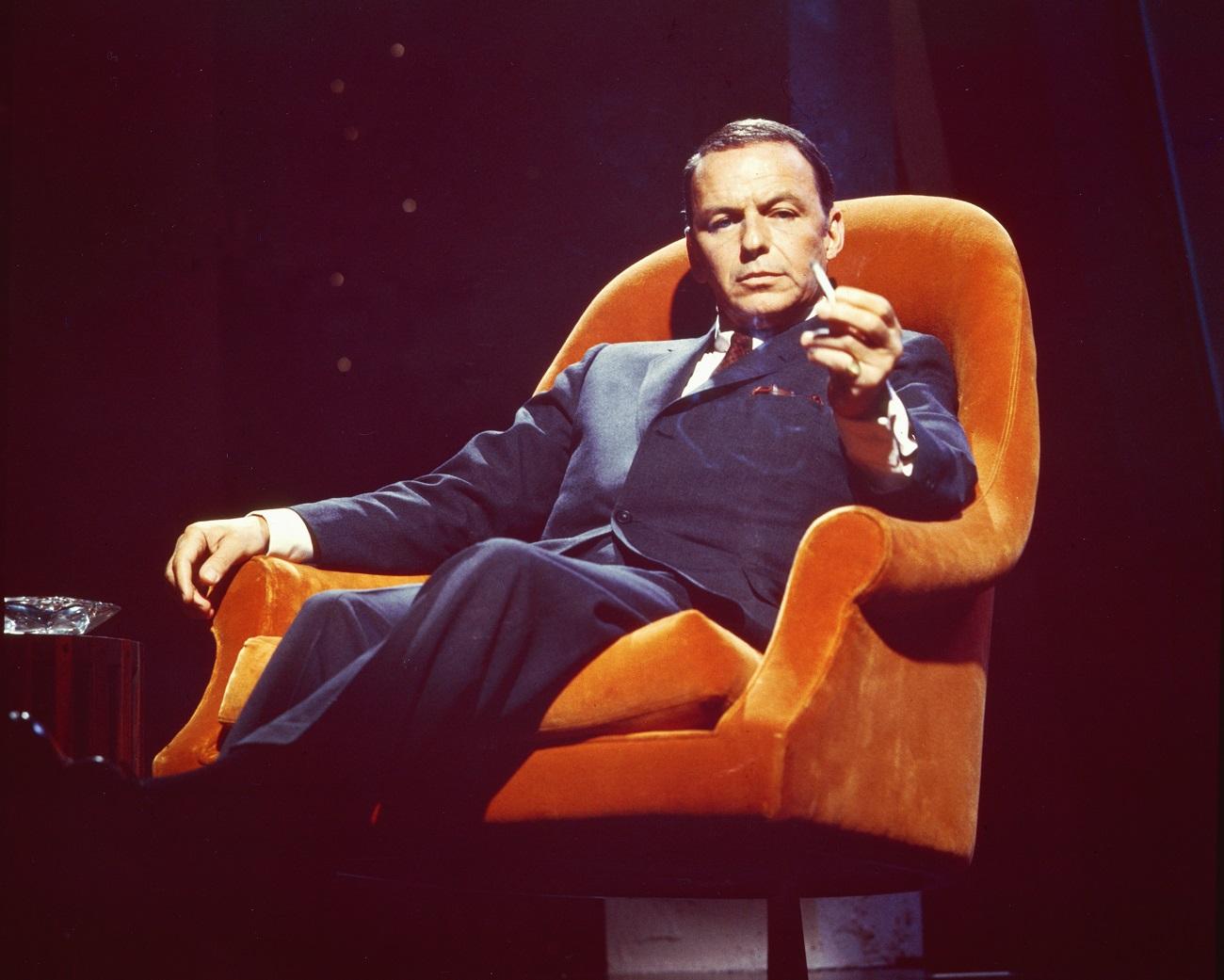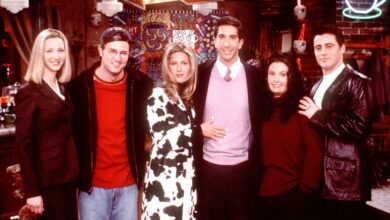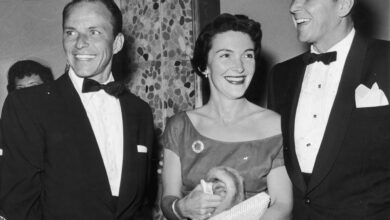Frank Sinatra’s $4 Million Palm Springs Home Included a Tennis Court and Train Caboose
Though Frank Sinatra was born in Hoboken, New Jersey, and had homes on both coasts, his heart lay in Palm Springs, California. The legendary singer began frequenting the city during World War II. At first, Sinatra purchased a small home, though expansions and add-ons made the property a luxury one by the time he moved out. Here’s a peek inside the Palm Springs home that Sinatra loved.

Frank Sinatra had a reputation as a great host
Sinatra’s Palm Springs “compound” had nine guest bedrooms, enough to accommodate celebrities, politicians, and artists.
“You had no idea who would show up,” Daniel Melnick, the film producer and former president of MGM and Columbia Pictures, told Architectural Digest. “It could be the president of the United States. It could be Vito Musso, the great sax player from the Stan Kenton band. Vito, Frank, and Jilly Rizzo would cook their favorite pastas.”

Sinatra was constantly prepared to meet his guests’ needs. On one occasion, he filled his freezer with all 31 flavors of Baskin-Robbins ice cream after a friend joked that he wanted more options.
“It’s well-known that [Frank’s] the single greatest host since Perle Mesta,” writer-director Garson Kanin said. “He got up at five o’clock every morning and he worked like a goddamned Yankee innkeeper all day to see that everybody had the right number of toothpicks.”
His expansive desert home had a pool and a tennis court
Given the amenities at Sinatra’s home, it’s no surprise that guests were constantly dropping by. The house had a “restaurant-strength kitchen” with staff to prepare meals for guests. He had a projection room with studio-quality equipment to show first runs of films.
The original home had a swimming pool, and as Sinatra expanded the property, he added two cottages on either end of the pool. He also built a four-bedroom bungalow with its own swimming pool in case John F. Kennedy revisited the property.
The sprawling, luxurious property also had a slightly unexpected feature: a train caboose.
“In 1971 several of Frank’s employees, knowing of his love for trains, gave him an actual caboose, in which he installed a sauna, a massage table, a barber chair, an exercise bench, and a huge Toledo scale,” Architectural Digest reported. “His guests used the caboose frequently — hairdressers and masseurs were brought in when needed.”
His family knew that he was most at home in this Palm Springs home.
“It was a place of the happiest times we ever had with him,” his daughter Tina said. “That was his home, and you could feel it. It was full of great times, I met the world in that house.”
Frank Sinatra did not want to leave his home for good
When Sinatra married his fourth wife, Barbara, she worked to renovate the home. After 20 years of entertaining, the house showed a bit of wear. It was also full of Sinatra’s favorite color, orange. The carpeting, tile, refrigerator, towels, curtains, and couch were all in shades of the hue. Barbara brought in a softer, desert-inspired color palette.
In 1995, the Sinatras put the house on the market, but the singer did not want to leave. The man who bought the property allowed them to temporarily remain in the home as guests. Eventually, though, Sinatra left the house for the final time. Upon his departure, an employee of the new owner found “half a dozen of the female staff sitting and kneeling on the floor of Frank’s bedroom quietly crying.”
Palm Springs was always a part of Sinatra’s life, however. He was buried just outside Palm Springs after his death in 1998.









